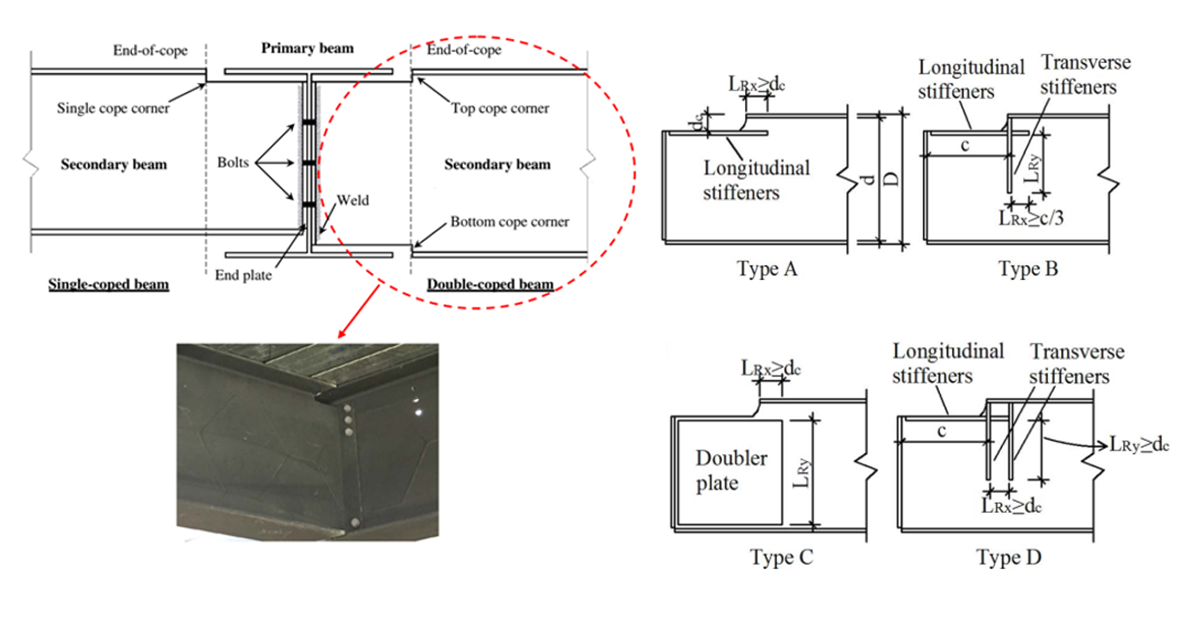
Macau World Heritage Historic Buildings
After 2003, with the opening of the gaming industry, Macao’s major hotels and related construction have been rapid development. On the other hand, UNESCO also announced in 2005 that Macau’s Old Town had been successfully added to its World Heritage List. There are three main types of important structural buildings in Macau (i) ancient buildings made of brick or stone, (ii) reinforced concrete buildings and (iii) steel and metal buildings, and one of the key tasks in Macau is to protect those important buildings for responding to the impact of wind disasters. For buildings constructed from different materials, the associated wind treatment will also vary. Therefore, it is necessary to improve the ability of relevant important buildings in the wind resistance and protection. Then, suitable reinforcing method could be proposed after more researches are carried out. Those results could become some standard for the construction industry in performing the relevant works.
Masonry structure is one of the most common historical architectural structures in Macao and the world, but there is less systematic scientific research on the material properties of masonry structures. This project is aimed at the needs of the restoration and protection of existing buildings, especially for valuable ancient masonry structures. By combining energy conservation and environmental protection, economic efficiency, cultural value and other considerations, this research aimed to explore the application of innovative reinforcement technology of new composite materials in the field of civil engineering. The new composite material of fiber-reinforced inorganic matrix (known as TRM, FRCM, etc. in the literature) has recently received great attention from civil engineering circles because of its good compatibility and durability. In view of the characteristics and reinforcement effects of new composite materials with different fiber-reinforced inorganic substrates, and using advanced experimental and numerical simulation techniques, the innovative reinforcement technology of new composite materials can be explored to replace the potential of traditional ancient building restoration and protection techniques, and to improve the safety and reliability of building protection and restoration. Reduce the risk and workload of building repairs. [1-3]

Masonry specimen reinforced by fibre materials
In order to cope with the impact of various natural loads (e.g. typhoons, temperature changes and other natural phenomena) on buildings, the demand for new and high-strength materials in buildings is on the rise. High-strength steel is used in steel structure design more and more because of its superior strength-to-weight ratio characteristics. Due to its high strength characteristics, when designing those components subjected to compressive loading, their load carrying capacity is often limited to its slenderness ratio. In order to enhance its load carrying capacity more effectively, stiffeners can be appropriately designed and added to the slender members. Since most of the existing design formulas for designing steel stiffener plates are based on previous low to medium-strength steel properties, there are relatively few formulas for designing high-strength steel stiffener plates. Therefore, it is necessary to carry out more experiments and analysis of high-strength steel design, and further put forward the design methods and formulas applicable to the construction industry to improve design efficiency and safety. For existing important steel structures, the application of high-strength fiber materials can not only effectively reduce the growth of cracks, but also improve the strength of existing components。[5]

Steel structures with different types of stiffener design
REFERENCE
- Wang, X., Lam, C.C., Iu, V.P. (2019). Comparison of different types of TRM composites for strengthening masonry panels, Construction and Building Materials, 219, pp. 184-194
- Wang, X., Lam, C.C., Iu, V.P. (2018). Experimental investigation of in-plane shear behaviour of grey clay brick masonry panels strengthened with SRG. Engineering Structures, 162, 84-96
- Wang, X, Ghiassi, B, Oliveira, D. V., Lam, C.C. (2017). Modelling the nonlinear behaviour of masonry walls strengthened with textile reinforced mortars. Engineering Structures, 134. pp. 11-24
- Lam, C. C., Yam, M.C.H., Fang, C. (2017). Strength and behavior of reinforced double-coped beams against local web buckling. Journal of Constructional Steel Research, 138. pp. 38-50
- Lam, A.C.C., Yam, M.C.H., Cheng, J.J.R. and Kennedy, G.D., (2010) Study of stress intensity factor of a crack steel plate with a single-side CFRP composite patching, Journal of Composites for Construction, ASCE, Vol. 14(6), pp. 791-803
